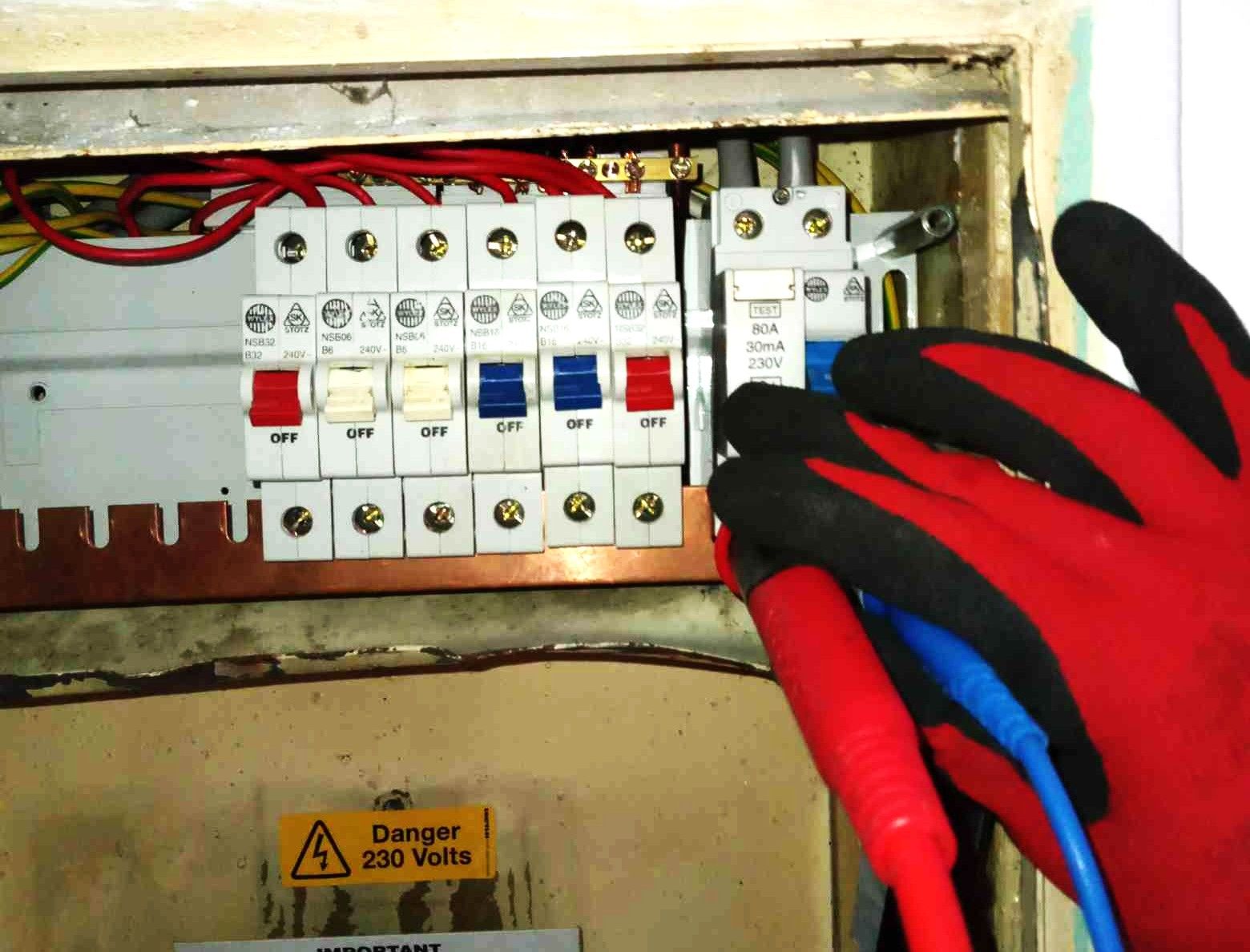The Deadline Landlords Can't Ignore in 2026!

If you own or manage rental property, 2026 is a good time to check the dates on your electrical safety certification, especially your Electrical Installation Condition Reports (EICRs). These became mandatory for rented homes in England in 2020, and most landlords had their first inspections carried out that year or the year after.
Because an EICR is valid for up to five years, many of those certificates will start expiring from this year onwards. That means a lot of landlords will be renewing at the same time, which could affect appointment availability and pricing.
Why This Matters
If your EICR expires:
- The property is no longer compliant
- It can’t legally be rented until a new certificate is issued
- Insurance or tenancy agreements may be affected
- Councils can issue fines for non-compliance
For single-home landlords, this is usually easy to stay on top of.
For portfolio landlords or agents, it becomes a planning and scheduling task.
2026 Pricing: What to Expect
Costs vary based on property size and wiring condition, but typical current pricing looks like:
1-bed flat: £100 – £150
2–3 bed house: £150 – £250
Larger / older homes: £250 – £450+
Small commercial units: £300 – £600+
If any issues are found during the check, repairs are quoted separately, which is common in older or previously DIY-altered properties.
The Portfolio Effect
Landlords with multiple units often face the same challenge:
- Many certificates expiring at the same time
This can lead to:
- Last-minute booking problems
- Higher costs during peak demand
- Gaps between tenancies if compliance isn't in place
The best approach is to source a company that can do all of your certificates in one go as a bundle certificate package to avoid multiple bookings and conversations with tenants.
Keeping It Simple
If you’d prefer to avoid long waits or repeated back-and-forth calls, some providers like Efficient Home Energy are scaling to meet the 2025 renewal surge and provide bundle packages for landlords.
A Quick Checklist for 2025
- Check when your current EICR expires
- Book renewals before the due date approaches
- Allow a little budget for small remedial works
- Keep digital copies of reports for easy access
In Summary
The first major renewal cycle for rental property EICRs is now underway.
A little planning in advance can help keep costs predictable, avoid downtime, and ensure properties remain compliant and ready to let without interruption.



